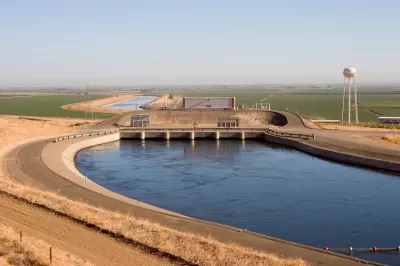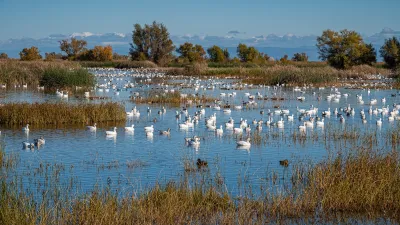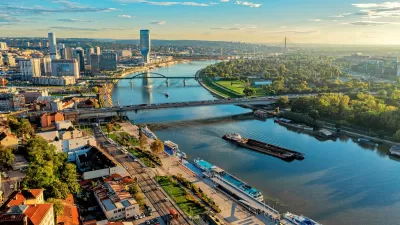The assessment identifies 385 failing public water systems and highlights significant funding gaps and affordability challenges in ensuring safe drinking water for disadvantaged communities.

The California State Water Resources Control Board's 2024 Drinking Water Needs Assessment reveals that 385 public water systems in the state are failing, impacting nearly 913,500 residents. The report, mandated by Senate Bill 200 and supported by the Safe and Affordable Funding for Equity and Resilience Drinking Water (SAFER) program, aims to address these issues through collective efforts from various stakeholders. Since the SAFER program's inception in 2019, over $831 million in grants have been distributed, bringing 251 water systems back into compliance and completing 142 consolidations to benefit approximately 100,000 people.
Despite these efforts, significant challenges remain, with 613 public water systems at risk and high-risk domestic wells and small water systems still present. The assessment highlights a projected five-year funding gap of $5.5 billion to meet the needs of failing and at-risk systems, with a total estimated requirement of $13.9 billion for achieving the human right to water. It also underscores affordability challenges, particularly in disadvantaged communities, where small water systems charge significantly more than larger systems.
The findings from the assessment are utilized by the State Water Board’s SAFER program to prioritize funding allocation, aiming to ensure safe and affordable drinking water for all Californians. The report stresses the need for continued investment and collaboration among government agencies, non-profits, and local communities to overcome these challenges and secure safe drinking water for vulnerable populations.

Americans May Be Stuck — But Why?
Americans are moving a lot less than they once did, and that is a problem. While Yoni Applebaum, in his highly-publicized article Stuck, gets the reasons badly wrong, it's still important to ask: why are we moving so much less than before?

Using Old Oil and Gas Wells for Green Energy Storage
Penn State researchers have found that repurposing abandoned oil and gas wells for geothermal-assisted compressed-air energy storage can boost efficiency, reduce environmental risks, and support clean energy and job transitions.

Placekeeping: Setting a New Precedent for City Planners
How a preservation-based approach to redevelopment and urban design can prevent displacement and honor legacy communities.

San Francisco’s Muni Ridership Grew in 2024
The system saw its highest ridership since before the Covid-19 pandemic, but faces a severe budget shortage in the coming year.

Colorado Lawmakers Move to Protect BRT Funding
In the face of potential federal funding cuts, CDOT leaders reasserted their commitment to planned bus rapid transit projects.

Safe Streets Funding in Jeopardy
The Trump administration is specifically targeting bike infrastructure and other road safety projects in its funding cuts.
Urban Design for Planners 1: Software Tools
This six-course series explores essential urban design concepts using open source software and equips planners with the tools they need to participate fully in the urban design process.
Planning for Universal Design
Learn the tools for implementing Universal Design in planning regulations.
Heyer Gruel & Associates PA
City of Moreno Valley
Institute for Housing and Urban Development Studies (IHS)
City of Grandview
Harvard GSD Executive Education
Salt Lake City
NYU Wagner Graduate School of Public Service
City of Cambridge, Maryland





























